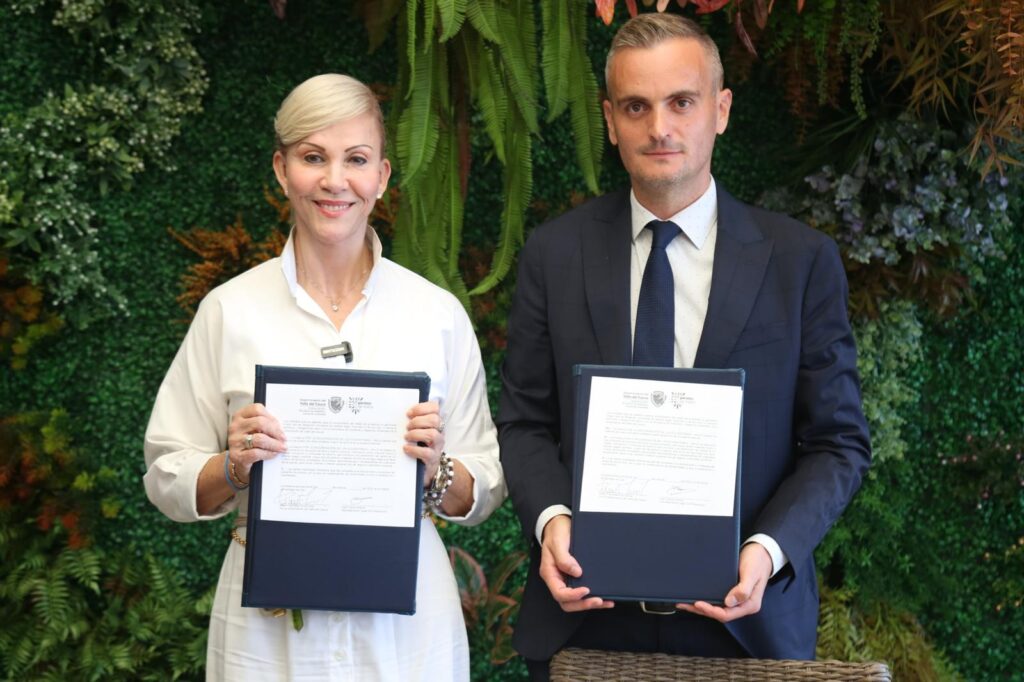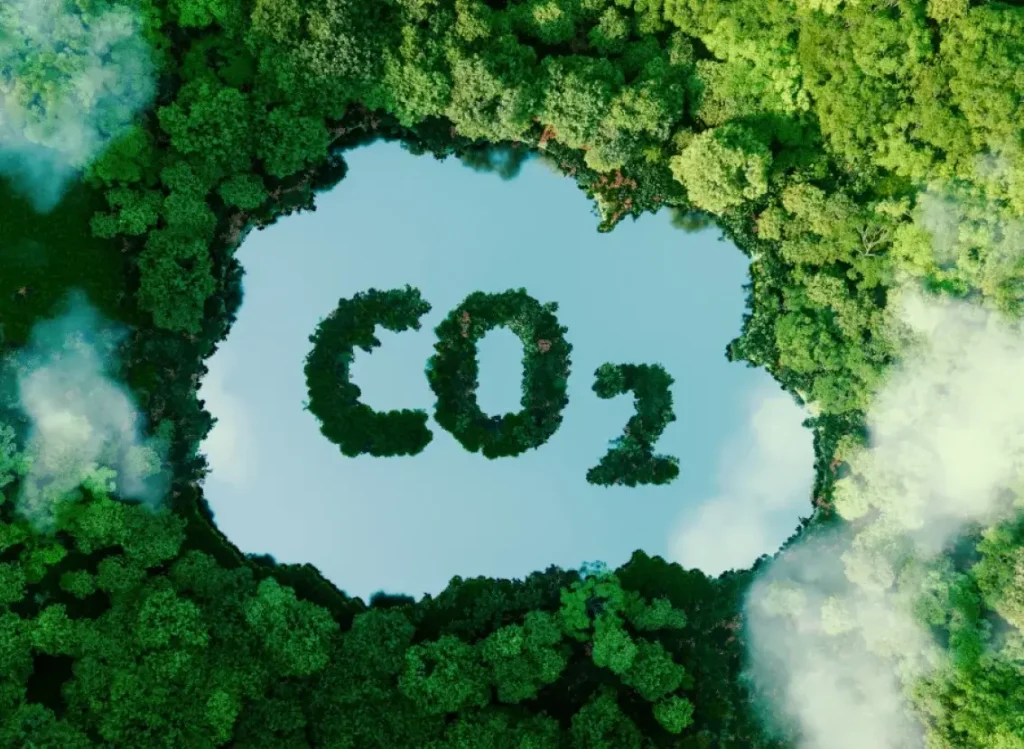Calculation of Carbon Footprint
To determine the carbon footprint, we have an expert department. The accuracy of greenhouse gas emission measurements is guaranteed by ISO 14064 standards.
We estimate that this production results in a consumption of 818 tons of paper. Assuming that paper production generates approximately 0.92 tons of CO2 per ton of paper, this amount of paper results in the emission of 754 tons of CO2 into the atmosphere.
Absorption Project
Once the carbon footprint is calculated, reforestation is currently an optimal way to offset it. Thus, we have made a compensation estimate based on our experience, considering various factors and focusing on real examples of the land where we currently operate. In this case, to offset the footprint of producing these ballots, approximately 2,035 trees would need to be planted to ensure the survival of 1,665 trees, the target at the end of the 35-year permanence period.
According to Juan Carlos Sesma, “many variables must be considered for this calculation: location of the reforestation; years of permanence; type of reforestation; and optimal densities, species, and proportions to consider. Our estimate closely resembles a mixed planting of conifers and broadleaf trees that could be done in Galicia. Thus, to offset 754 tons of CO2, about 1,665 trees would need to be planted on an approximate area of 1.85 hectares at an initial planting density of 1,100 p/ha. Over the selected permanence period, 35 years in this case, several treatments will be necessary. Thanks to these treatments, we will reach a target density of 900 p/ha, corresponding to about 1,665 trees. Once these 35 years have passed, this forest will have absorbed the necessary tons to offset the emissions produced in this ballot printing process.”
Forest Proposal
In addition to this estimate, we present below what the ideal forest for planting this number of trees would look like. For a “typical” reforestation in Galicia, where most of our compensation projects are carried out, we would choose a mixed reforestation consisting
- Pino marítimo (Pinus pinaster subsp atlántica) 40%
- Roble carballo (Quercus robur) 20%
- Abedul (Betula sp.) 20%
- Majuelo o espino (Crataegus sp.) 20%


